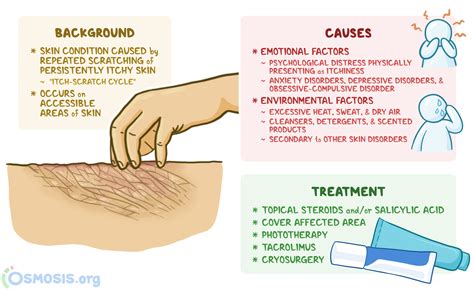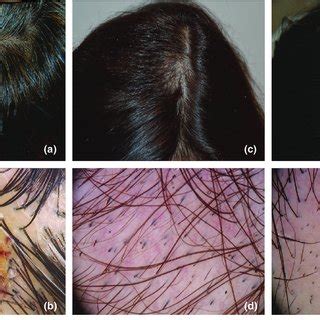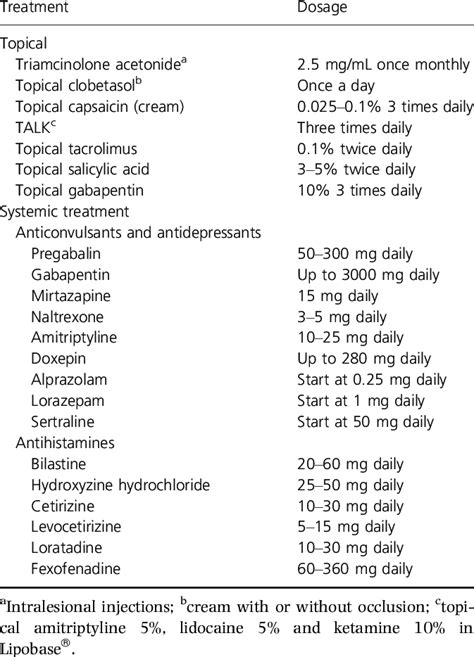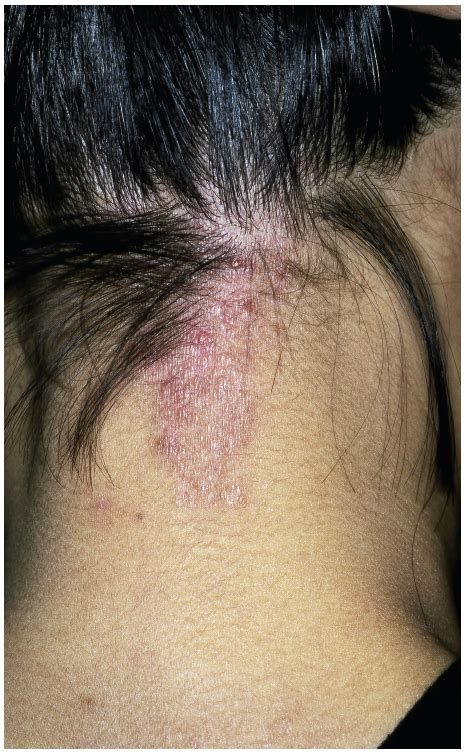Intro
Lichen simplex chronicus, also known as neurodermatitis, is a skin condition characterized by thickened, scaly, and itchy skin patches. This condition is often a result of excessive scratching, which can lead to a cycle of itching and scratching that is difficult to break. The exact cause of lichen simplex chronicus is not well understood, but it is believed to be related to a combination of genetic, environmental, and psychological factors. In this article, we will explore 5 ways to manage and treat lichen simplex chronicus, as well as provide information on its symptoms, diagnosis, and prevention.
Lichen simplex chronicus can occur anywhere on the body, but it is most commonly found on the arms, legs, and neck. The symptoms of this condition can vary from person to person, but common symptoms include intense itching, dry and scaly skin, and thickened skin patches. In some cases, lichen simplex chronicus can also cause skin discoloration, such as darkening or lightening of the affected area. If left untreated, lichen simplex chronicus can lead to complications such as skin infections, scarring, and permanent skin discoloration.
Understanding Lichen Simplex Chronicus

Causes and Risk Factors
Lichen simplex chronicus is believed to be caused by a combination of genetic, environmental, and psychological factors. Some common causes and risk factors include: * Family history of skin conditions such as eczema or psoriasis * Stress and anxiety * Dry skin * Skin irritants such as soaps, detergents, or fragrances * Allergies or sensitivities to certain substances * Hormonal changes or imbalancesTreatment Options for Lichen Simplex Chronicus

Self-Care Measures
In addition to medical treatment, there are several self-care measures that can help manage lichen simplex chronicus, including: * Keeping the skin moisturized: Using a gentle moisturizer can help reduce dryness and itching. * Avoiding skin irritants: Avoiding soaps, detergents, or fragrances that can irritate the skin can help reduce inflammation and itching. * Reducing stress and anxiety: Engaging in stress-reducing activities such as meditation or yoga can help manage stress and anxiety, which can contribute to lichen simplex chronicus. * Avoiding scratching: Scratching can exacerbate lichen simplex chronicus and lead to further skin damage. Keeping fingernails short and wearing gloves at night can help reduce scratching.5 Ways to Manage Lichen Simplex Chronicus

Prevention
While there is no sure way to prevent lichen simplex chronicus, there are several steps that can be taken to reduce the risk of developing this condition, including: * Keeping the skin moisturized * Avoiding skin irritants * Reducing stress and anxiety * Avoiding scratching * Getting regular check-ups with a dermatologistLiving with Lichen Simplex Chronicus

Coping with Emotional Distress
Lichen simplex chronicus can also cause emotional distress, including feelings of frustration, anxiety, and depression. Coping with these emotions can be challenging, but there are several strategies that can help, including: * Seeking support from friends and family * Engaging in stress-reducing activities such as meditation or yoga * Seeking counseling or therapy * Joining a support groupConclusion and Next Steps

We invite you to share your experiences and questions about lichen simplex chronicus in the comments section below. Your input can help others who are living with this condition, and we appreciate your feedback.
What is lichen simplex chronicus?
+Lichen simplex chronicus is a chronic skin condition characterized by thickened, scaly, and itchy skin patches.
What are the symptoms of lichen simplex chronicus?
+The symptoms of lichen simplex chronicus include intense itching, dry and scaly skin, and thickened skin patches.
How is lichen simplex chronicus treated?
+Lichen simplex chronicus is treated with a combination of topical corticosteroids, moisturizers, and oral antihistamines. In some cases, phototherapy or counseling may also be recommended.
